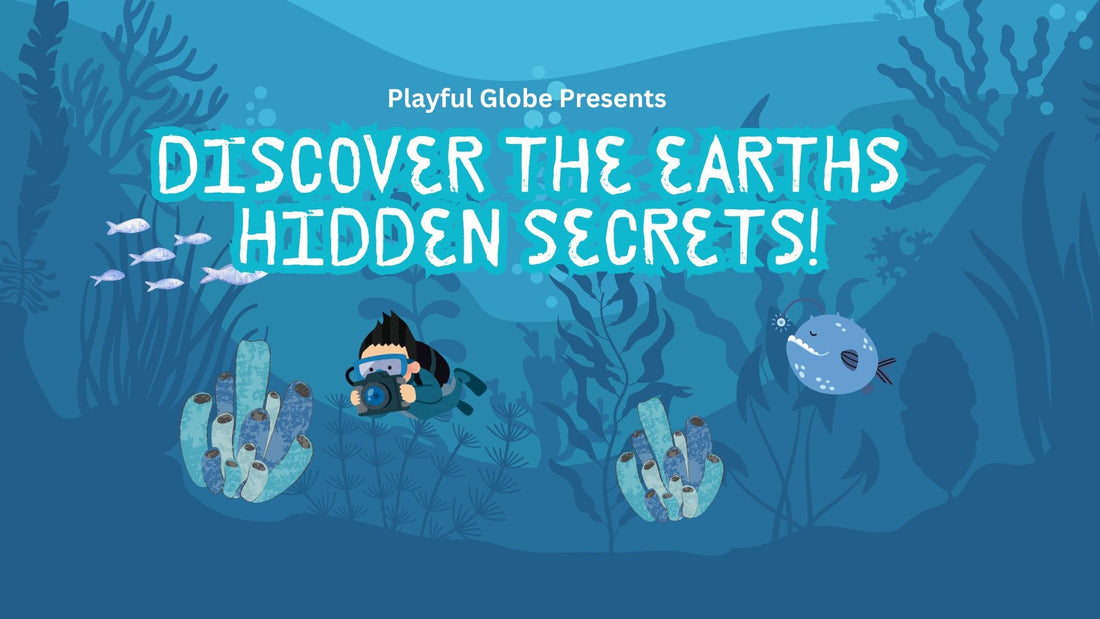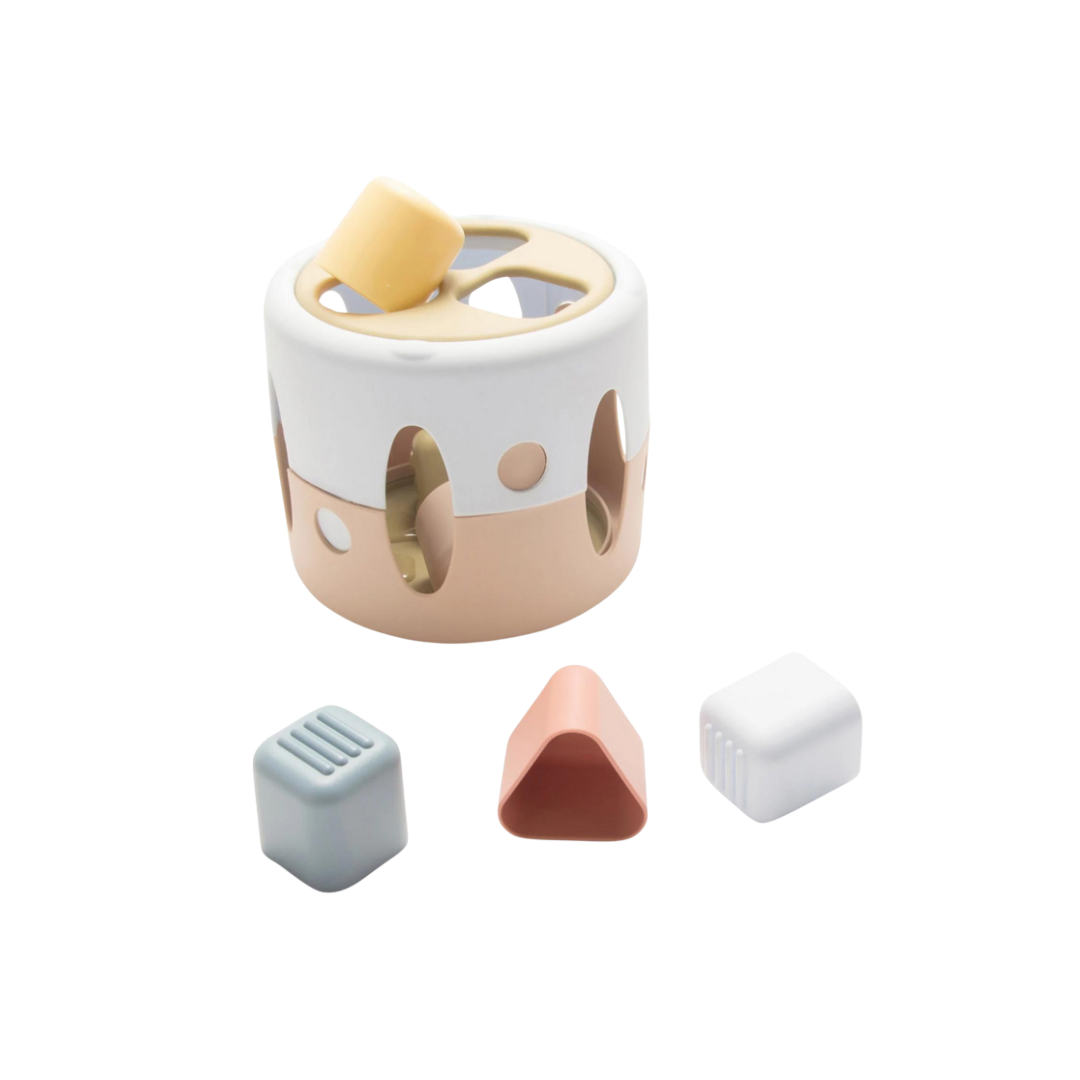
The Secret Underground Ocean: A Hidden World Beneath Our Feet
Share
When we think of the ocean, we picture vast blue waters stretching as far as the eye can see. However, what if we told you that there’s another ocean hidden deep beneath the Earth’s surface? This underground ocean isn’t like the ones we see on a map it exists miles below our feet, trapped within rock formations. Scientists believe it could hold three times more water than all the oceans on the surface combined!
This discovery changes everything we thought we knew about our planet. Also, it raises fascinating questions about Earth’s history, the origins of water, and even the possibility of life existing in extreme environments. So, how did scientists find this secret ocean, and what does it mean for the future of Earth exploration? Let’s dive into this mind-blowing mystery!
How Scientists Discovered the Underground Ocean
For years, geologists suspected that water might exist deep within the Earth’s crust. However, it wasn’t until 2014 that scientists found real evidence. Using advanced seismic technology, researchers detected a layer of rock deep inside the Earth, about 400 miles below the surface, that was holding an enormous amount of water.
This water isn’t in liquid form like the oceans we know it’s trapped inside a mineral called ringwoodite. This incredible mineral has a sponge-like structure that allows it to absorb and store water under extreme pressure. Also, because it exists so deep underground, this hidden ocean has likely been there for millions, if not billions, of years!
Why This Discovery Is So Important
The discovery of an underground ocean challenges many scientific theories about how water got to Earth. Some scientists once believed that Earth’s water came from icy comets crashing into the planet billions of years ago. However, this underground water source suggests that Earth may have been holding onto water since it first formed.
This also means that Earth has a natural water cycle deep within its layers. Water from the surface can slowly travel underground through plate tectonics, becoming trapped in minerals like ringwoodite. Over time, volcanic eruptions can bring some of this water back to the surface, keeping the planet’s water supply in motion.
Could There Be Life in the Underground Ocean?
One of the most exciting questions scientists are now asking is whether life could exist in this underground ocean. While no one has drilled deep enough to reach it, researchers believe that tiny microbial life forms may survive in these extreme conditions.
On Earth’s surface, we’ve already discovered life in some of the harshest environments, like hydrothermal vents at the bottom of the ocean and underground caves with no sunlight. Also, if life can exist deep within Earth, it raises the possibility that similar underground water sources on Mars or other planets could support life too!
The Future of Exploring the Underground Ocean
Although it would be nearly impossible to drill 400 miles into the Earth’s crust, scientists are finding new ways to study this underground ocean. By analyzing volcanic eruptions, they can detect traces of water and minerals that come from deep inside the Earth.
Also, by studying seismic waves from earthquakes, scientists can continue mapping these hidden water sources to better understand how they impact Earth’s geology. Future space missions may even use this knowledge to search for underground oceans on other planets and moons!
A Planet Full of Hidden Wonders!
The discovery of the underground ocean proves that Earth still has many secrets waiting to be uncovered. From deep-sea trenches to underground rivers, our planet is full of hidden wonders that challenge what we think we know.
At Playful Globe, we love sharing fascinating discoveries about our planet with kids and families. The more we learn about Earth’s mysteries, the more we can inspire curiosity and a love for science. Who knows? Maybe one day, future explorers will find a way to reach this hidden ocean and uncover its deepest secrets!

